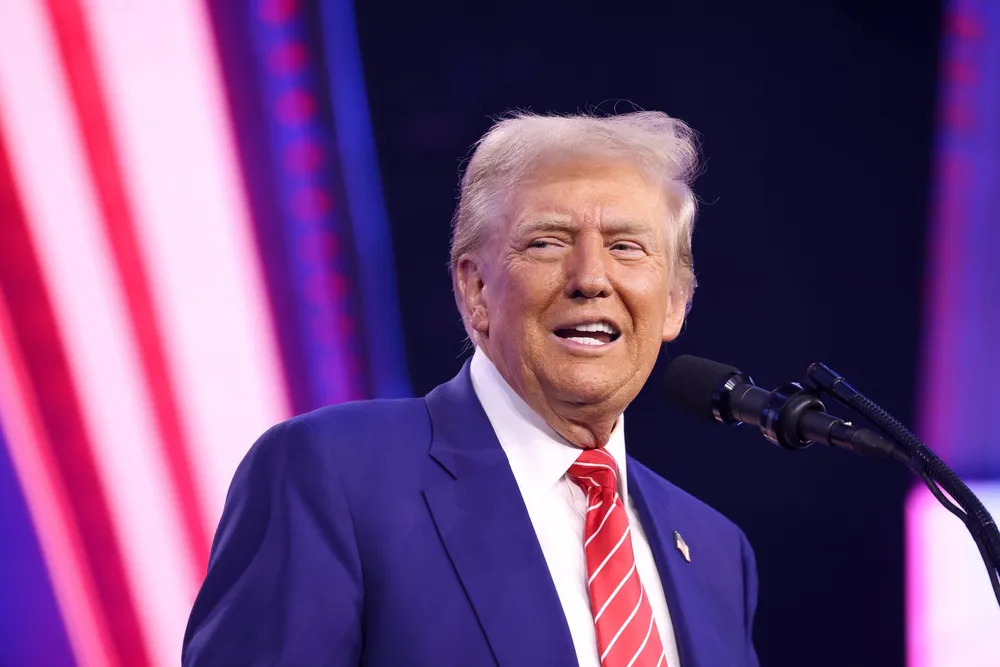Key Asia-Pacific clean energy supplier nations signal willingness to work with Trump on tariffs
If pacts do result, and depending on terms, Japan, South Korea, Thailand, and Vietnam could obtain preferential access to the world's largest economy and energy market
